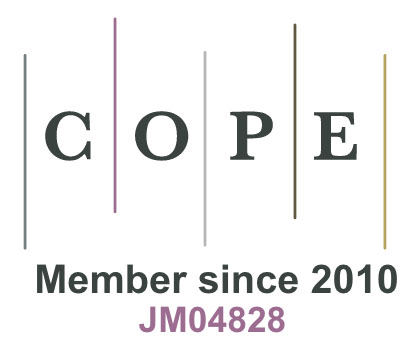The recent rapid explosion of online publishing and the parallel emergence of “open access” publishing has created a huge challenge – and heaps of confusion – for publishers, editors, and authors in all scientific disciplines, nursing included! To add to the confusion, there is now an abundance of shady practices that affect anyone who engages in scholarly and academic work coming  from “predatory” publishers. In this post I will explain basic facts about the concept of “open access” in journal publishing.
from “predatory” publishers. In this post I will explain basic facts about the concept of “open access” in journal publishing.
First, here is a brief description of terms often confused with “open access” with explanations particularly related to ANS
Open Access refers to a business model that requires an article processing charge (APC) to cover the cost of publication and to retain the copyright, in place of the traditional subscription fees that readers pay for access to the copyright-protected content of the journal. This is known as the “gold” open access model. Open Access journals or articles are financially possible because the author has paid the cost of publishing, making the content available to anyone without a subscription fee. The author holds the copyright and can use and distribute the published article as they wish. This model emerged because of the worthy intent that scientific findings need to be readily and easily accessible for other scientists to build on, and for the public benefit without the barrier of subscription fees. Occasionally publishers will use what is known as a “green” open access model; they do not require the “gold” APC, but they give a “green light” to an author to self-archive their pre-publication manuscript in an open repository. ANS is now a “hybrid” journal, meaning that it remains a traditional subscription journal with the “gold open access” option for the author, meaning that after their manuscript is accepted for publication, the author can pay an Article Processing Charge (APC) to retain copyright of their article and to make their published article immediately and permanently available to the public. The APC for an ANS article is currently $2500 USD.
Public Access refers to a requirement of a funding agency stipulating that funded research results be made available to the public regardless of who holds the copyright, usually after an embargo period. If the content is published in an open access journal, the funding agency or other institutional support may cover the APC. If the journal is a traditional subscription journal, there are guidelines that publishers and funding agencies follow that stipulate certain embargo requirements, meaning the content is only made available to the public several months (usually 6 to 12) after the publication date of the journal. The ANS publisher (Lippincott, Williams & Wilkins) complies fully with the requirements of funding agencies to provide public access of all material published in ANS that is based on research the agency funded.
Free Access refers to voluntary release of selected copyright-restricted content to the public as a marketing tool, or as a service to the profession. ANS provides free access for about a two week period for articles that appear in our current issue, with the current featured articles listed on the ANS home page. Free access content is subject to the restriction of copyright – the fact that it is free does not mean that you can freely share articles you download for free! If you follow this blog, you already know that we feature each of the articles here on the blog, with messages from the authors, during the time that they are available for free access.
Pay to Publish is a relatively new term that refers to the practice of using Article Processing Charges (APCs) for personal gain – also known as predatory publishing. Predatory “pay to publish” practices side-step the standards of editorial integrity that assure sound content, and that assure permanent discoverability of the content.
Legitimate open access publications maintain strict adherence to editorial standards of integrity that assure the value and worth of the content of the journal. If a publication is “open access” it does not mean that it is published more rapidly than traditional print journals, and in fact adequate editorial and peer review takes time regardless of the business model used to sustain the publication. There is a relatively minor time efficiency involved in digital publishing, regardless of the business model used to support the publication. For example, open access journals published online are not restricted by print deadlines and release dates. Journals that are essentially subscription journals will release selected content online ahead of print and will provide free access for the “early view” articles until the publication release date.
The International Academy of Nursing Editors (INANE) has recently launched an initiative to inform all readers of nursing journals about the pitfalls of predatory practices, and to assure our readers of the standards of publishing integrity that we uphold in our journals. We launched this initiative with the publication of a collaborative statement – Predatory Publishing: What Editors Need to Know – available now in the “Nurse Author & Editor” newsletter – you can register on the site for free access to the newsletters! An ANS editorial related to this project will appear in the next issue, (Volume 38:1, January – March 2015) – so watch for this coming soon!
Do you have questions or comments to share? Share your thoughts here!









